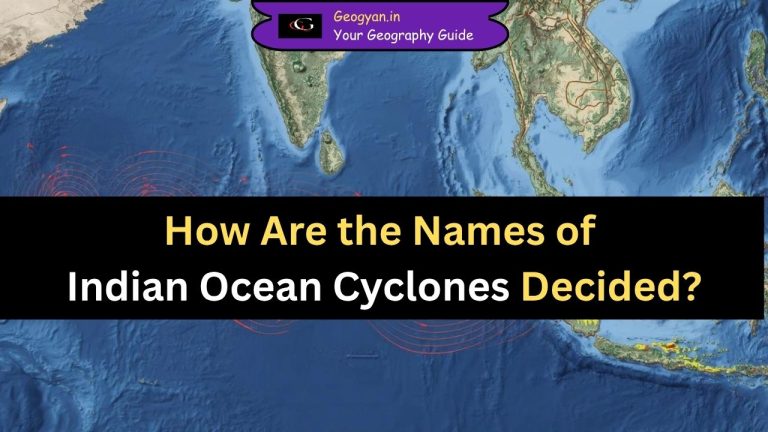Introduction
Electromagnetic radiation (EMR) is a key element in remote sensing, enabling the observation and analysis of objects from a distance. Understanding the properties of EMR helps in extracting valuable information from remote sensing data. This blog post explains the fundamental concepts of electromagnetic radiation, including its wave properties, wavelength, frequency, and their significance in remote sensing.
What is Electromagnetic Radiation?
EMR consists of energy waves that propagate through space at the speed of light (c). It is characterized by two perpendicular fields:
- Electric Field (E): Varies in magnitude and is perpendicular to the direction of travel.
- Magnetic Field (M): Oriented at right angles to the electric field.
Both fields move together in a wave-like manner and are responsible for transmitting energy through space.

Key Characteristics of Electromagnetic Radiation
Two essential properties define electromagnetic radiation:
1. Wavelength (λ)
Wavelength refers to the distance between two successive crests of a wave. It is measured in meters (m) or its subunits:
- Nanometers (nm): 10-9 meters
- Micrometers (μm):10-6 meters
- Centimeters (cm): 10-2 meters

2. Frequency (f)
Frequency is the number of wave cycles passing a fixed point per second. It is measured in Hertz (Hz), where:
- 1 Hz = 1 cycle per second
- Higher frequency means more wave cycles per second, while lower frequency means fewer cycles per second.
Relationship Between Wavelength and Frequency
Wavelength and frequency share an inverse relationship, expressed by the equation:
c = λv
where:
- c is the speed of light (approximately 3 x 10-8 m/s)
- λ is the wavelength
- v is the frequency
This means that as wavelength increases, frequency decreases, and vice versa. Shorter wavelengths correspond to higher frequencies, and longer wavelengths correspond to lower frequencies.
Importance of Electromagnetic Radiation in Remote Sensing
Remote sensing technologies utilize different wavelengths of electromagnetic radiation to gather information about Earth’s surface. Understanding EMR properties allows scientists to:
- Identify objects based on their spectral characteristics.
- Analyze vegetation, water bodies, and urban areas.
- Enhance image processing and data interpretation.
Conclusion
Electromagnetic radiation plays a crucial role in remote sensing by serving as an energy source for data collection. By understanding its fundamental properties—wavelength, frequency, and their relationship—students can better grasp how remote sensing technology captures and processes valuable information about our planet.





























